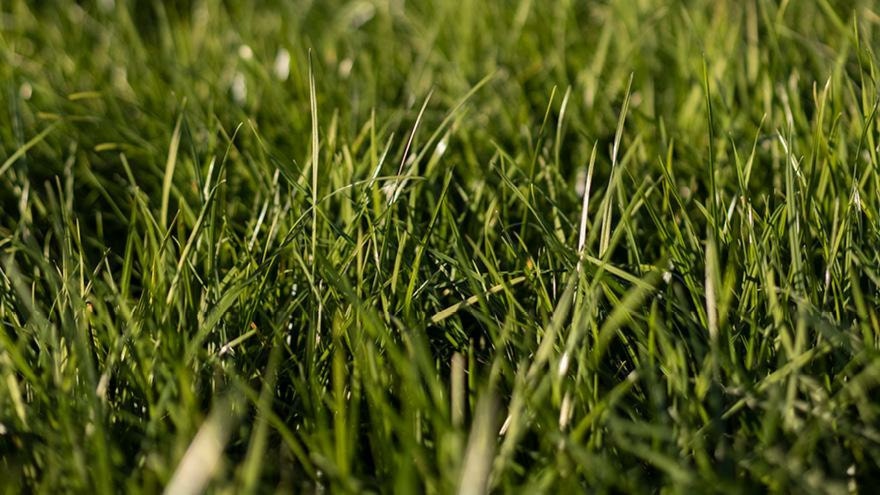
Autumn nitrogen fertiliser applications help build pasture cover
Nitrogen (N) is the most abundant gas in our atmosphere with approximately 78 percent made up of N gas (N₂). N is an essential nutrient for plants and an integral component of plant protein. Animals obtain their protein requirements from the plants they consume and the amount of protein in a plant will determine the amount of N those animals obtain from that feed source.
Plants typically contain three to five percent of N. This means for every tonne of dry matter (DM), the plant must obtain 30 to 50 kilograms (kg) of N. To obtain N, plants take it from the soil, though legumes are an exception as they can also fix N from the atmosphere. Plants can only use soil N once it has been dissolved in the soil solution and is absorbed as either nitrate or ammonium.
Nitrogen fertiliser for pasture applications is typically applied in the form of urea or ammonium. In some cases, both forms of N are applied at the same time using, for example, SustaiN Ammo and PhasedN Quick Start fertiliser ranges. Typically, fertilisers that contain N will dissolve rapidly in the soil solution with N readily available for plant uptake.
Autumn applications of N fertiliser to pasture is a cost-effective way of building pasture covers going into winter. The first step to planning an autumn N application is to know what DM is on hand and complete a pasture DM budget by plotting estimated grass covers against estimated demand over the future months. Once a feed gap has been identified, this could be met by N applications. A proactive approach such as this allows you to understand when a deficit will occur. This is particularly important as N applied to the soil does not give instant results.
Be aware of your local pasture growth rates. These are best measured rather than estimated, however, a local area will usually have average growth rates which are regularly measured from reliable sources such DairyNZ and Beef and Lamb New Zealand. Once the pasture growth rates are measured ensure the estimated time response to the N is known (kg of DM per kg of N applied). The estimated time responses are dependent on the time of year, the climate conditions and current growth rates which are found in Table 1.
When current on-farm DM is known, with the feed deficit identified and the pasture growth rates measured, the next step is to decide on the best time and rate to apply the N fertiliser. The time needed to achieve an N response can be between 3 to 14 weeks depending upon N response rates (see Table 1) and environmental conditions.
It is important to remember N is a growth multiplier not a growth promoter, therefore if plants are not growing, N fertiliser will not make it grow!
If you are interested in applying nitrogen fertiliser in autumn, contact your local PGG Wrightson Technical Field Representative.
Table 1: Impact of pasture growth rate on response rates to nitrogen fertiliser; nitrogen applied at optimum rates.¹
| Pasture growth rate | Pasture growth (kg DM/ha/day) | Response (kg DM/ kg N) | Time for full response (weeks) |
| Slow | 10 | 5 | 10 - 14 |
| Moderate | 20 - 40 | 10 | 6 - 8 |
| Fast | 50 - 70 | 15 | 5 - 6 |
| Rapid | 80 | 20 | 3 - 4 |
Reference: 1 DairyNZ. Farmfact 7-11: Seasonal nitrogen use. Retrieved 14 March from https://www.dairynz.co.nz/publications/farmfacts/fertiliser-and-nutrient-management/farmfact-7-11/.



